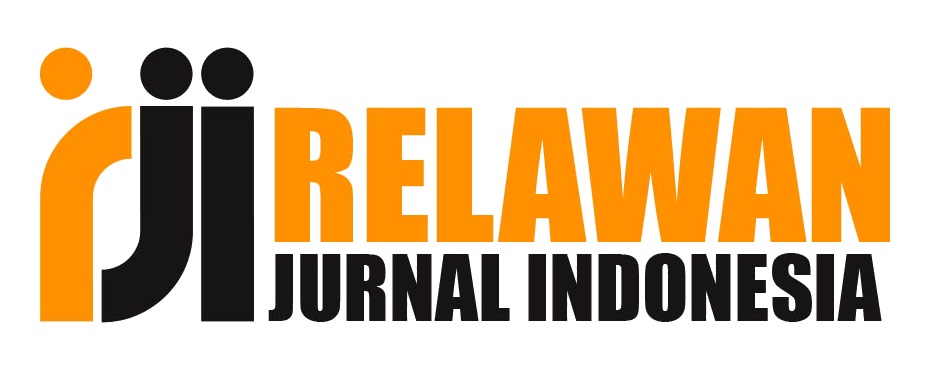Implementation of Decision Support System Techniques in Evaluating IoT-Based Anthropometric Devices for Stunting Prevention in Toddlers
DOI:
https://doi.org/10.33005/biomej.v5i1.146Keywords:
Decision Support System (DSS), AHP, Weighted Product (WP), TOPSIS, IoT-based Anthropometric Measuring Device, Stunting PreventionAbstract
Stunting remains a significant national health issue in Indonesia, prompting the government to focus on its prevention through regular monitoring of child growth. This study aimed to determine the preferred IoT-based anthropometric measuring device for toddlers using Decision Support System (DSS) methods, specifically Analytic Hierarchy Process (AHP), Weighted Product (WP), and Technique for Order Preference by Similarity to Ideal Solution (TOPSIS). Two products, Product A and Product B, were evaluated based on criteria including accuracy, ease of use, durability, connectivity, and cost. The AHP method was used to determine the criteria weights, followed by the application of WP and TOPSIS to rank the products. The results indicated that Product A was consistently preferred, demonstrating superior performance in accuracy testing with an average accuracy of 98.76% for height and 99.21% for weight measurements, compared to Product B’s 95.42% and 96.85%, respectively. These findings validate the effectiveness of the DSS methods used, providing a reliable approach for selecting IoT-based healthcare devices. This study offers a practical decision-making framework for Posyandu and other healthcare facilities to ensure accurate and efficient child growth monitoring.
Downloads
Published
How to Cite
Issue
Section
License
Copyright (c) 2025 Eni Safriana, Farika T Putri, Ragil T Indrawati, Wahyu I Nugroho, Mella K Sari, Anoeng Prasetyo, Arhama Insani, Muryanto

This work is licensed under a Creative Commons Attribution 4.0 International License.







